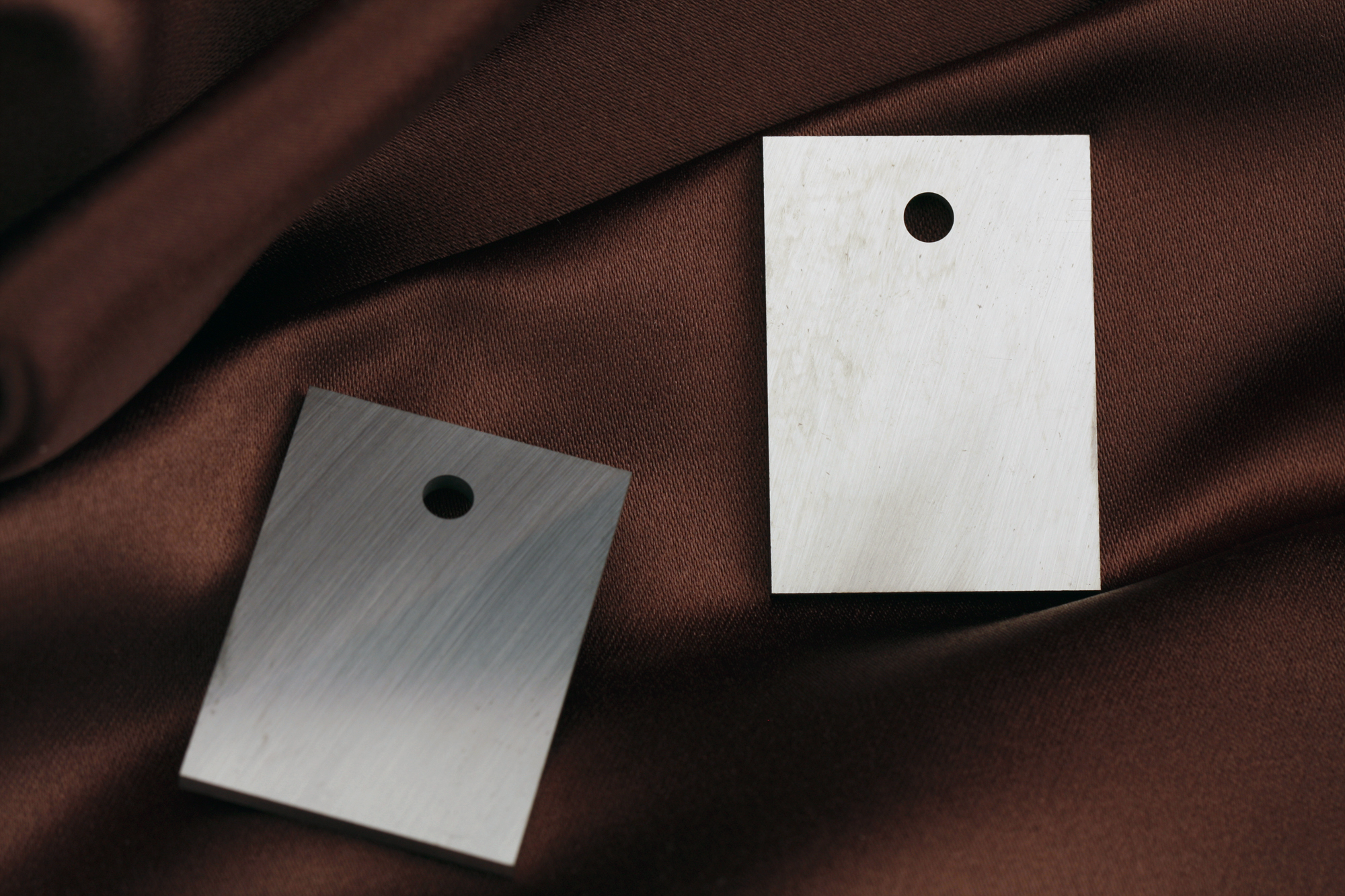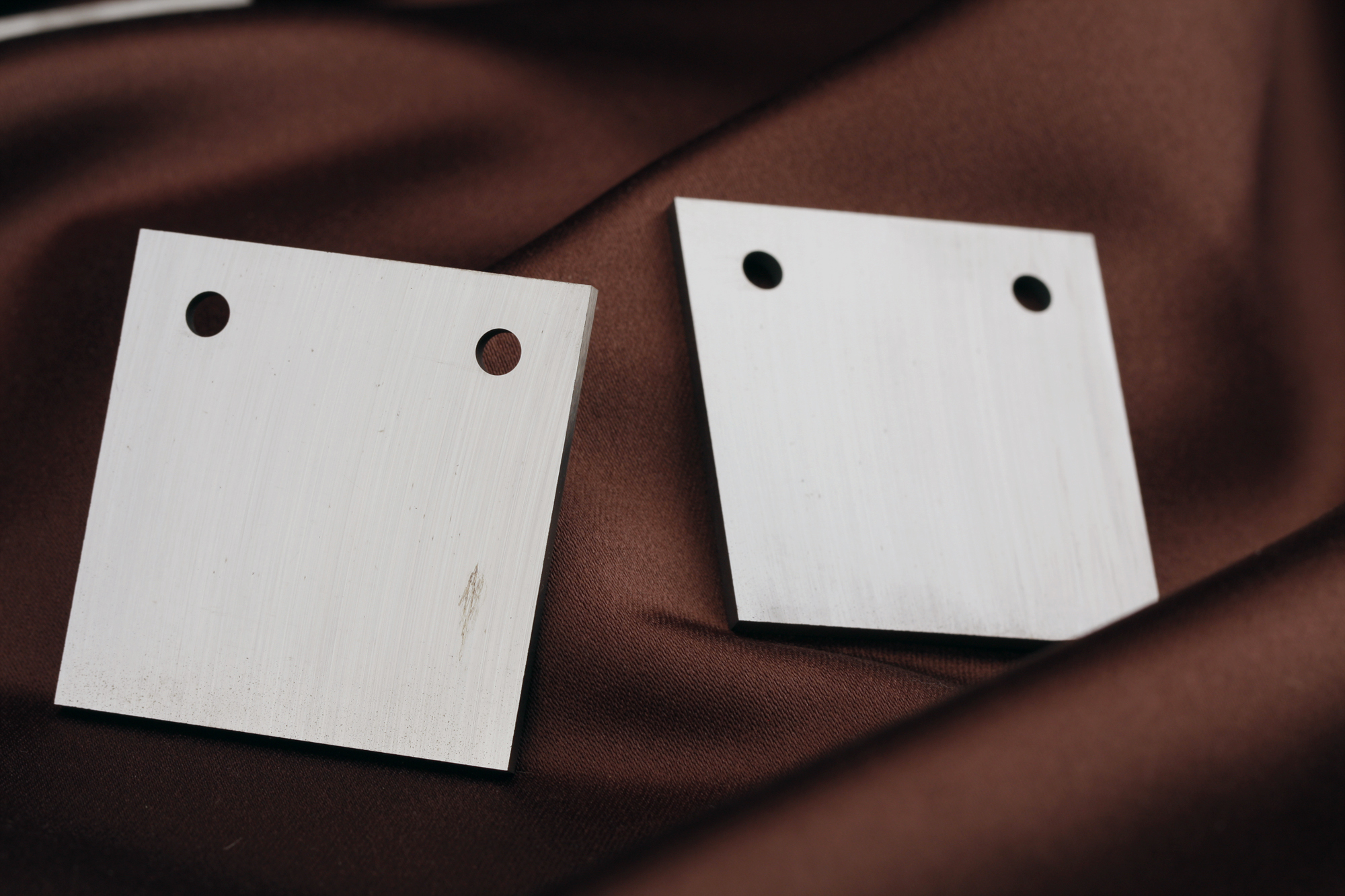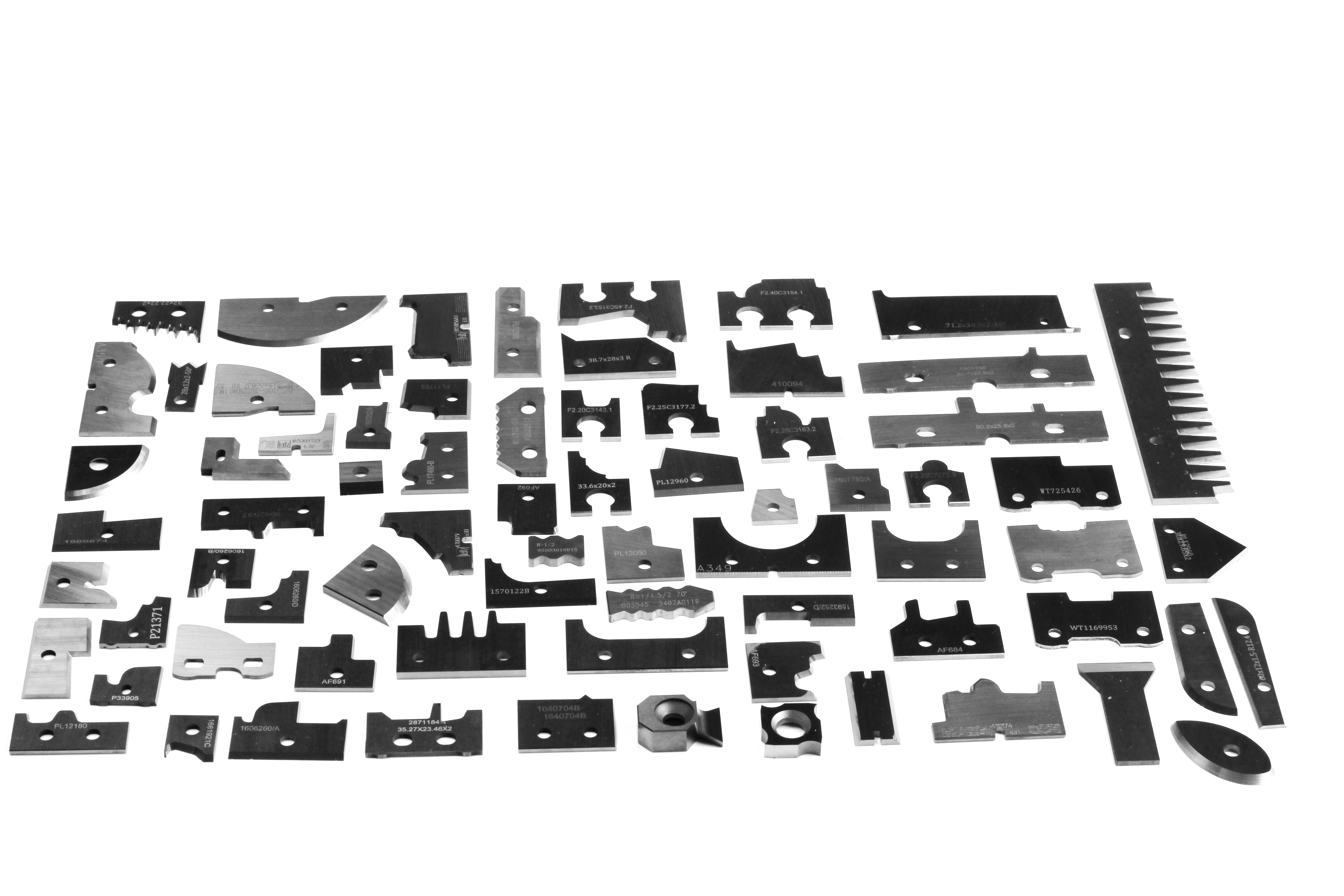In the realm of industrial applications, materials that offer exceptional durability, strength, and wear resistance are highly sought after. Among the various options available, carbide plates have emerged as a reliable choice for improving performance and extending the lifespan of critical components. This blog post explores the versatility of carbide plates and how they can benefit different industries.
-
What are Carbide Plates?
Carbide plates are made from a composite material called cemented carbide, which consists of tungsten carbide particles embedded in a metallic binder. Tungsten carbide, known for its exceptional hardness and resistance to wear, forms the primary component of these plates. The metallic binder, such as cobalt or nickel, provides toughness and enhances the overall mechanical properties of the material.
-
Applications of Carbide Plates:
a. Manufacturing and Engineering: Carbide plates find widespread use in manufacturing and engineering applications. They are utilized for cutting tools, wear-resistant parts, punches, dies, and molds. Carbide inserts in cutting tools enable higher machining speeds, better precision, and increased tool life, resulting in improved productivity and cost-effectiveness.
b. Mining and Construction: In mining and construction industries, carbide plates are employed in drilling and cutting tools, as well as wear-resistant liners for machinery. Their exceptional hardness and resistance to abrasion make them ideal for applications in challenging environments, such as rock drilling, excavation, and tunneling.
c. Oil and Gas: Carbide plates play a crucial role in the oil and gas sector. They are used in drilling bits, wear-resistant nozzles, valve components, and pumps. These plates provide excellent resistance to erosion, corrosion, and abrasive fluids encountered during drilling and exploration operations.
d. Woodworking and Forestry: Carbide plates are extensively used in woodworking and forestry applications. They are employed in saw blades, planer knives, chippers, and other cutting tools. The high hardness of carbide plates ensures prolonged cutting life and reduced downtime for sharpening or replacement.
-
Benefits of Carbide Plates:
a. Exceptional Hardness: Carbide plates exhibit outstanding hardness, often surpassing that of steel and other alloys. This attribute allows them to withstand high-pressure and abrasive conditions, resulting in extended tool life and reduced maintenance costs.
b. Wear Resistance: Due to the presence of tungsten carbide, these plates offer exceptional wear resistance. They can withstand repetitive impact, sliding friction, and abrasive wear, making them ideal for heavy-duty applications.
c. Corrosion Resistance: Certain grades of carbide plates possess excellent resistance to corrosion and chemical attack. This characteristic is particularly valuable in industries where exposure to corrosive substances is prevalent.
d. Versatility: Carbide plates can be customized and fabricated into various shapes and sizes to suit specific application requirements. They can be easily integrated into existing systems or machinery, offering a versatile solution for different industries.
Conclusion:
Carbide plates have proven to be a versatile and indispensable solution for industries that demand high performance and durability. Their exceptional hardness, wear resistance, and corrosion resistance make them an excellent choice for cutting tools, wear-resistant components, and various industrial applications. By incorporating carbide plates into their operations, businesses can experience improved efficiency, enhanced productivity, and reduced downtime, ultimately leading to cost savings and increased competitiveness.
Post time: Jun-07-2023







